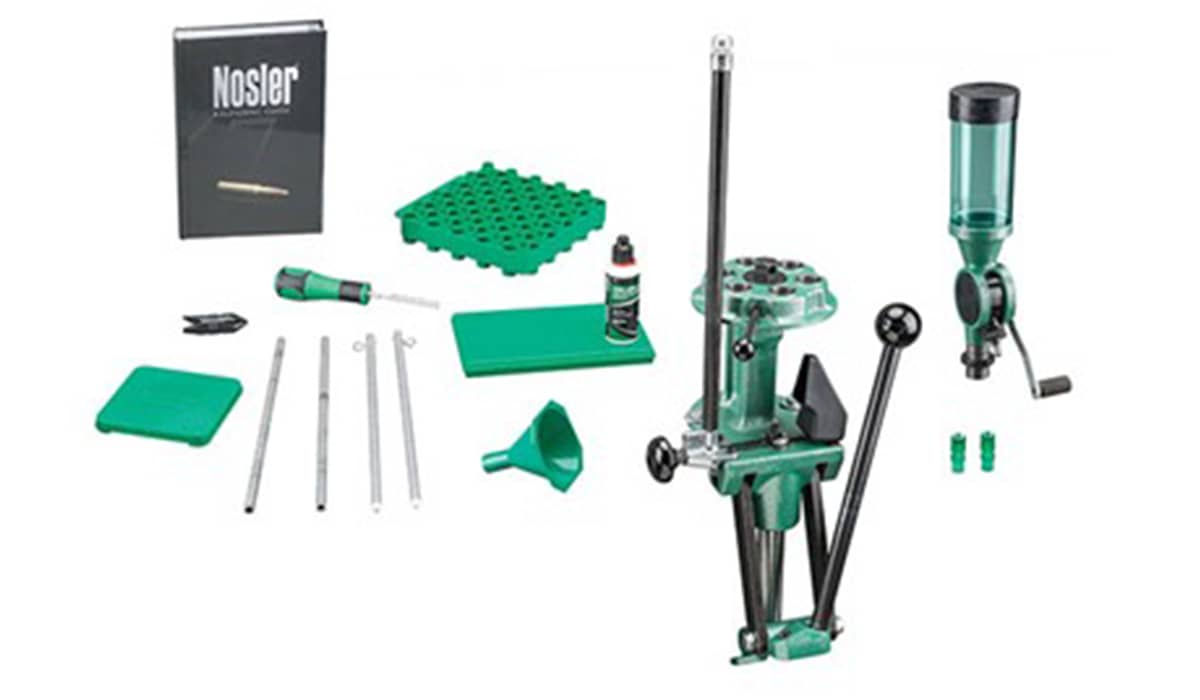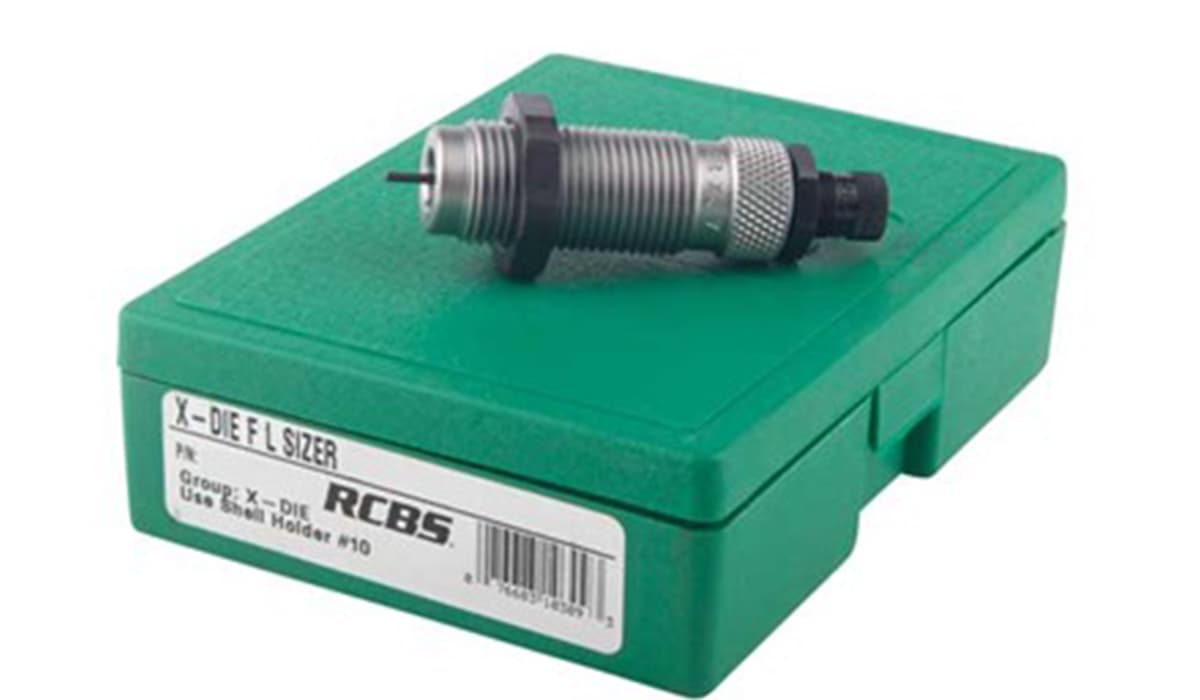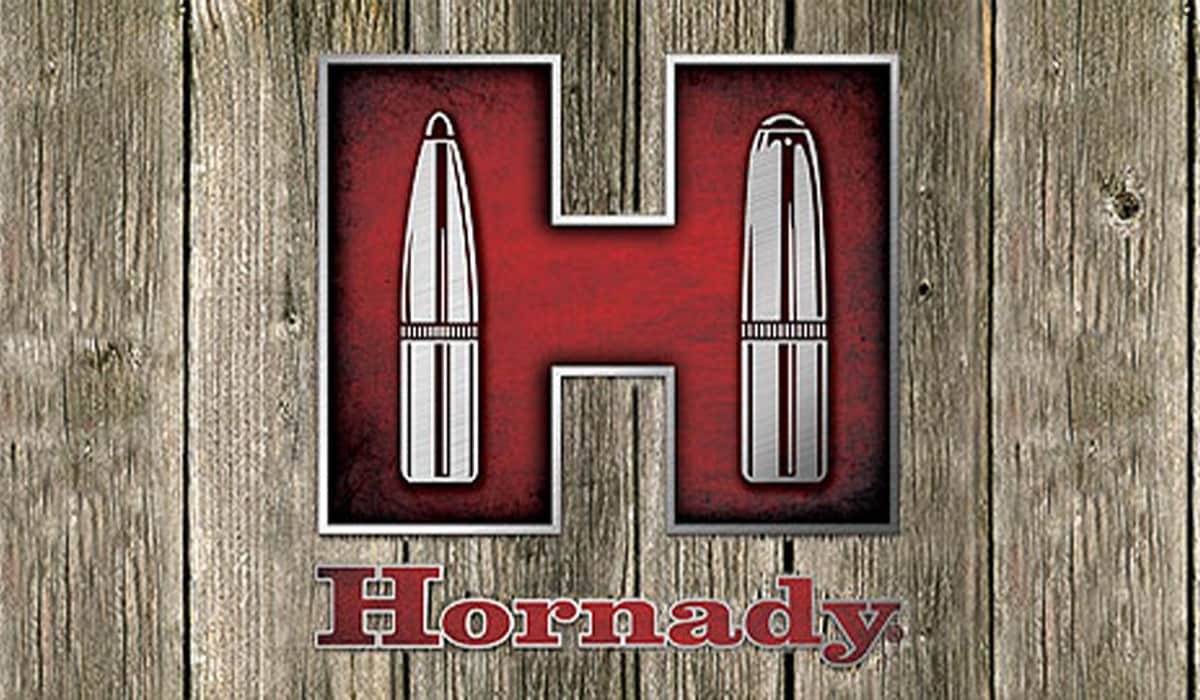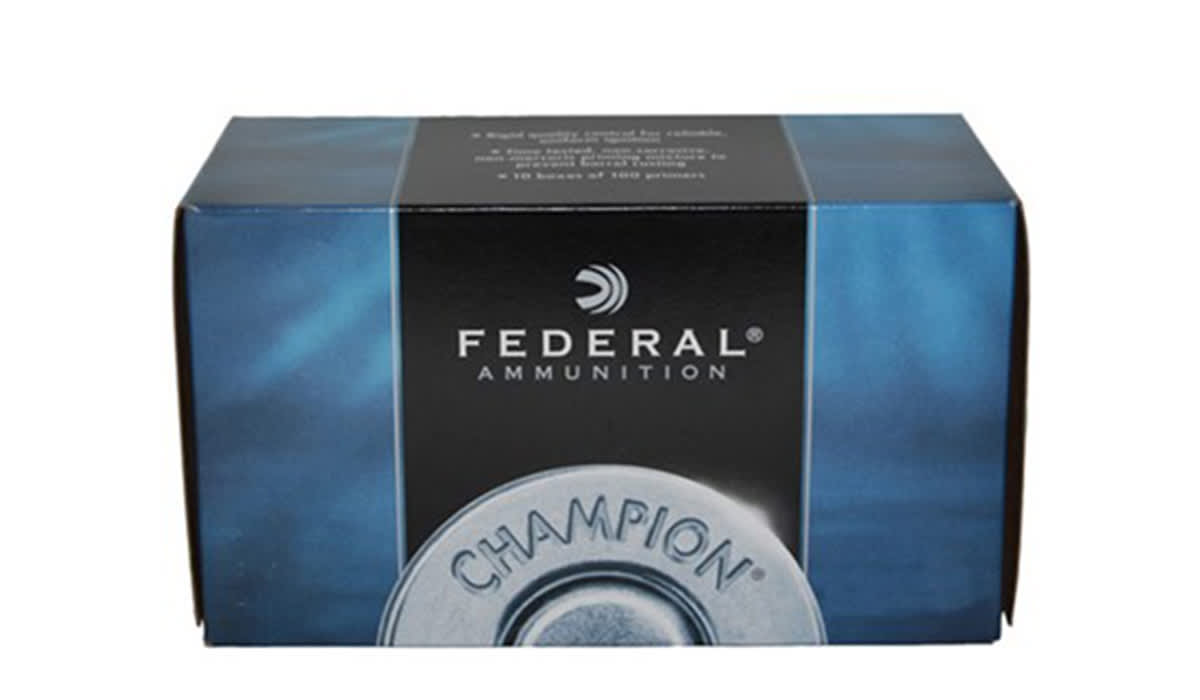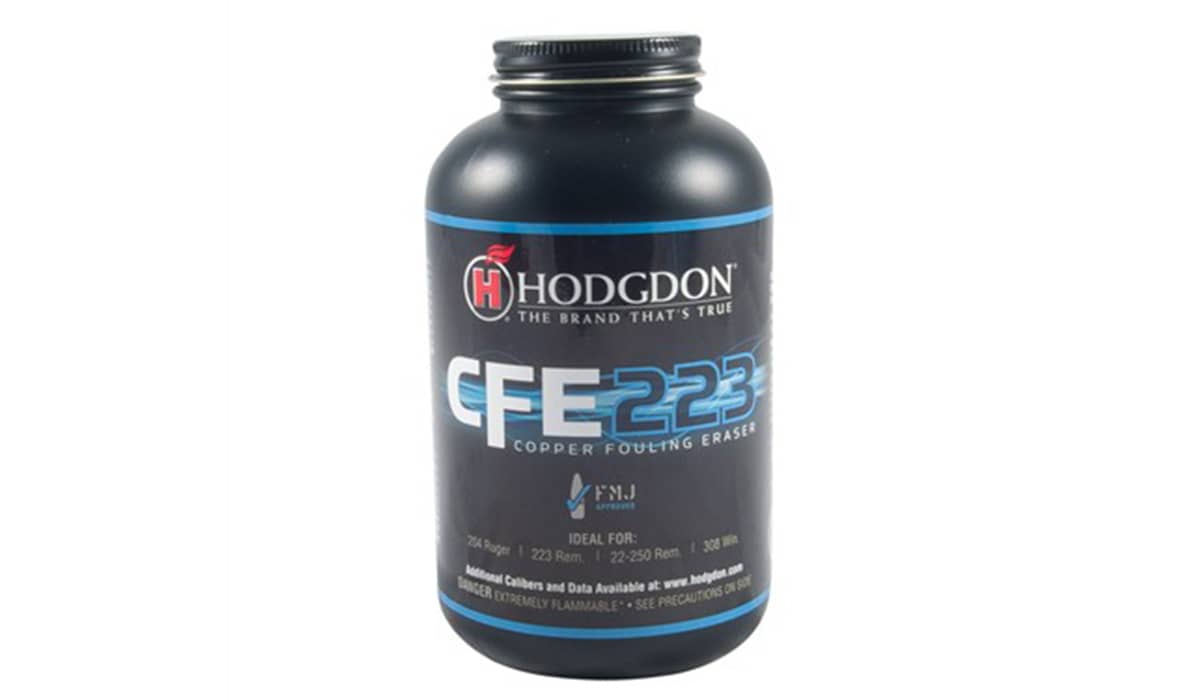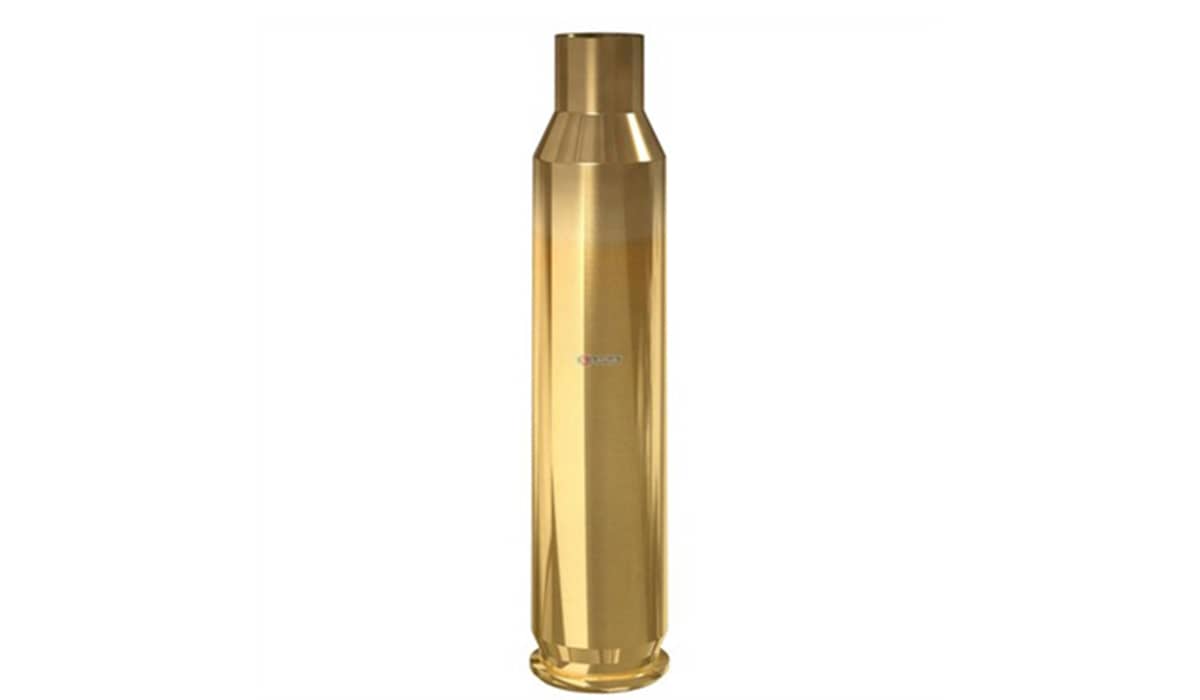Is It Worth It to Reload Your Own Ammo?
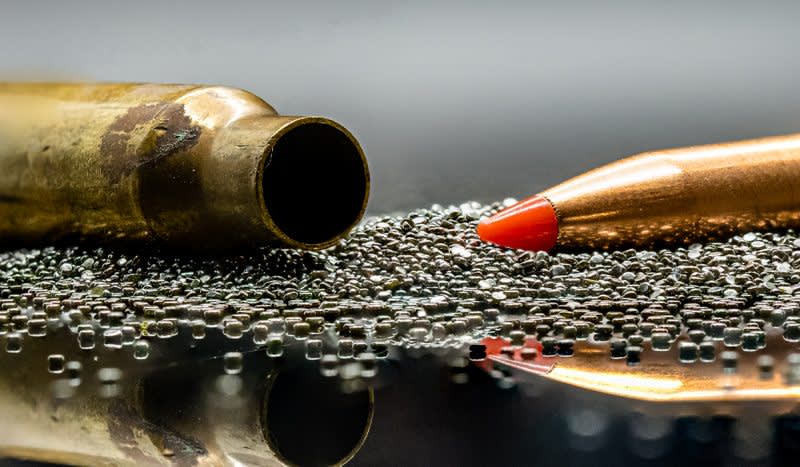
1. Reloading Press
You’ll need a press and the other basic tools to start reloading. This is an investment, so the easiest way to get started out right is to buy a kit. A reloading kit, like the RCBS Turret Deluxe, is a good buy because the kit saves you some money from buying everything individually. To get started from the basic kit, you only need to add the dies for the cartridge you’re loading. It comes with the most important piece of equipment, too – a reloading manual. This book will give you up-to-date specs for loads that work. Presses and kits like this are harder to find these days as people are snapping them up. The scarcity of lower-end kits, like a single stage press, force you to look at going to a higher end kit, like this RCBS one, but that’s not a bad thing. You’d probably wind up buying one eventually, and this kit lets you load more rounds faster.
2. Dies
With the kit you have, all you need is a set of dies for the cartridge you need. What is a die? Good question. The bullet seating die seats the bullet to the correct depth, which you can adjust according to how you are loading the cartridge. When needed, the die can also crimp cases to bullets. You’ll need a set of dies for every cartridge you load, which is one of the beautiful things about reloading, once you have everything, you can load for every firearm you own. For an example, I picked the popular .223 Remington, a cartridge you can scarcely find ammo for these days.
3. Bullets
You’ve got to have bullets and they are not reusable. Finding them, well that’s another story. Luckily there are places like Brownell’s, that usually have some form of components in stock. For example, looking at reloading .223, they have Hornady boat-tail FMJ bullets in 55-grain weight, just like you’d get for target shooting. These come in 100ct boxes for under $12. You can’t get much better than Hornady and that is a great price.
4. Primers
You’ll also need primers, which is the part of the cartridge that is struck by your firing pin and ignites the powder charge. Primers can be a tricky thing to find in stock. From a basics standpoint, they usually run around $45 for a box of 1,000. Your best bet is to keep checking in to see when they come back in stock. I know that’s frustrating – trust me. I really get it.
5. Powder
Again, you can’t reload without powder, but it can be tricky to find as well. It’s a good idea to buy a reloading manual well before you start buying powder simply because you need to know which types of powder to buy. Some loads call for blends of powders, while others are straight up with a single type. Powder manufacturers, like Hodgedon, also make the powder being sold in factory-loaded ammunition, so when there is a big run on ammo, finding powder gets a lot harder to do. Also know that buying powder online will most likely add a hazardous materials fee to your shipping costs. The best advice I ever got on this type of thing is to make your order count when you find it online. You will only incur one fee with places like Brownell’s, so you might as well order as much as you can afford to to spread out the cost of the fee, which is usually $20. That fee goes with primers, too, so when you find it all available, go big! It also doesn’t hurt to start sucking up to your local sportings good store that carries powder. Just sayin’.
6. Brass
Now hopefully you’ve been saving as much of your brass as possible. If not, you can always buy more, but it’s pricey and it is one of the areas that can really dig you when you start comparing the costs of ammo versus loading your own. Still, it isn’t all that bad of an idea to buy some extra so you can load ahead. For .223, a box of 100 high-quality Lapua brass cases will set you back less than $65 on average.
How much money do you "save?"
Let’s do the math. I know… I’m talking gibberish now. However, if you want to get into reloading based solely on the economics, you need to do the math as well as take a good look at the long haul. If you took the basics that we have listed above, you’re looking at roughly $775 to get started. This would include making roughly 100 rounds of .223 with new brass. That comes out to about $7.75 per round. That’s not good considering most factory loads for .223 run less than $1 a round. But look at it this way. Take out the press and the dies and you’re now looking at $1.68 per round. That’s much better. If you have your own brass, you’re down to around $1 a round. That’s right inline with what you’ll find for factory loads.
Spread the costs out more to cover the rest of your firearms, and it gets better. I remember when my cousin once bought a custom Weatherby rifle. There was factory-loaded ammo available, but at a cost of roughly $4.25 a round. He was able to get dies and some brass and started loading his own, saving a bunch – like he was loading for less than $1 a round.
Performance benefits from reloading
Factory loaded ammunition is designed to meet standards for performance and safety. One of the things that loading your own ammo can do for you is allow you to try different bullets and other elements in combination to tailor your ammo to your specific firearm. That is the key thing here. Factory loads work in general for all firearms in a caliber. Your firearm is going to be a tiny bit different and how you shoot it will differ as well. This is where you can really dial in your accuracy and performance with a handload.
However, bear in mind that increases in accuracy, etc. don’t really happen overnight. It take trial and error to see what works best. And never-ever exceed specifications for load data from your manuals. This is a dangerous path that should only be attempted by experienced shooters and gunsmiths, and even then. Don’t be a statistic.
We are committed to finding, researching, and recommending the best products. We earn commissions from purchases you make using the retail links in our product reviews. Learn more about how this works.

